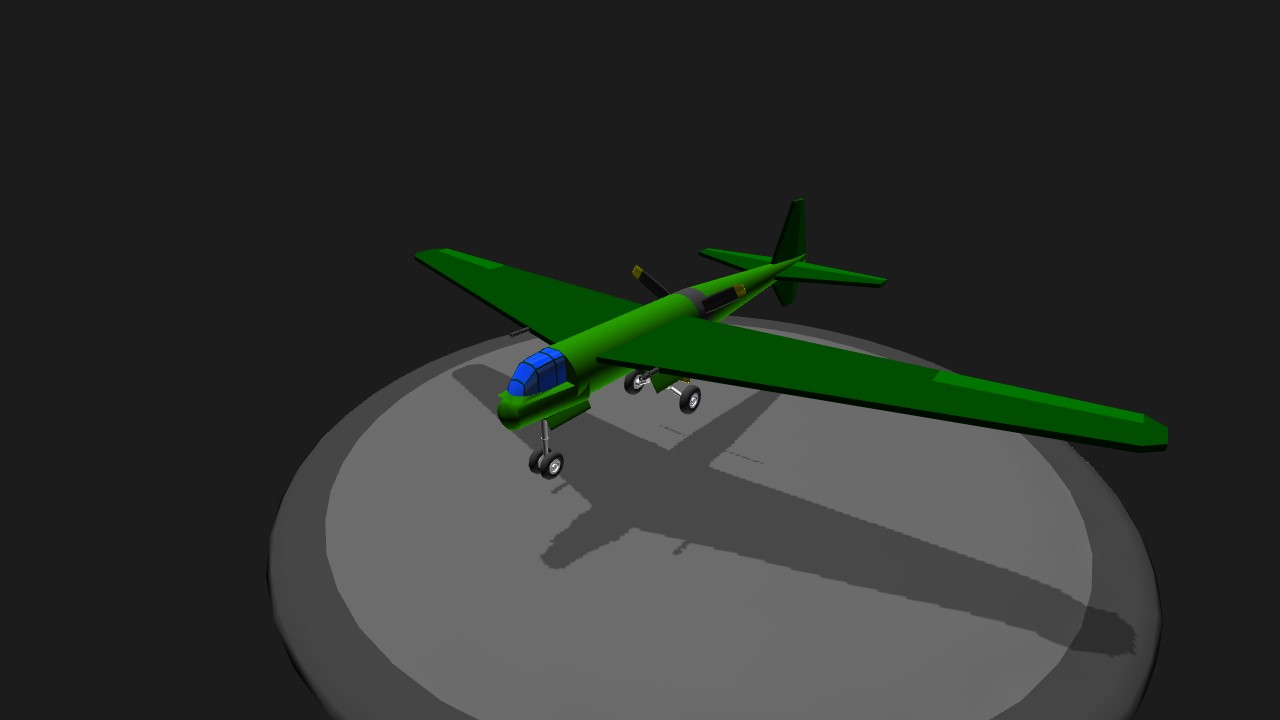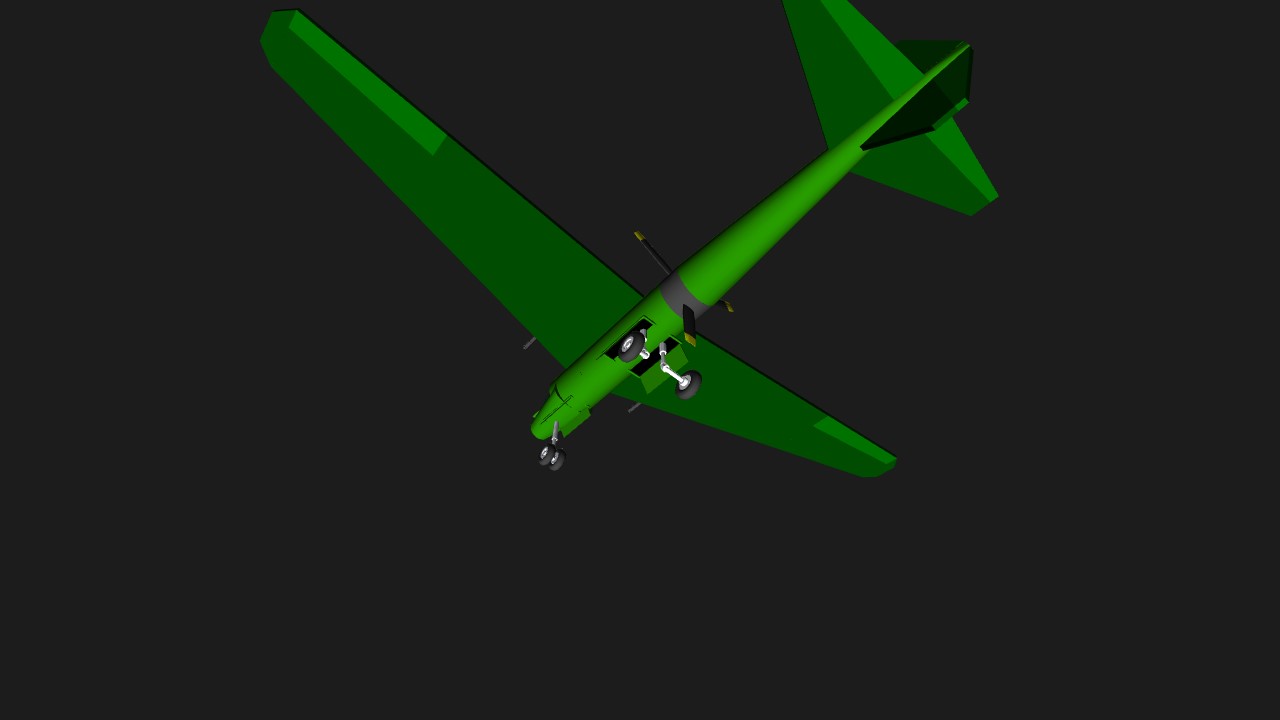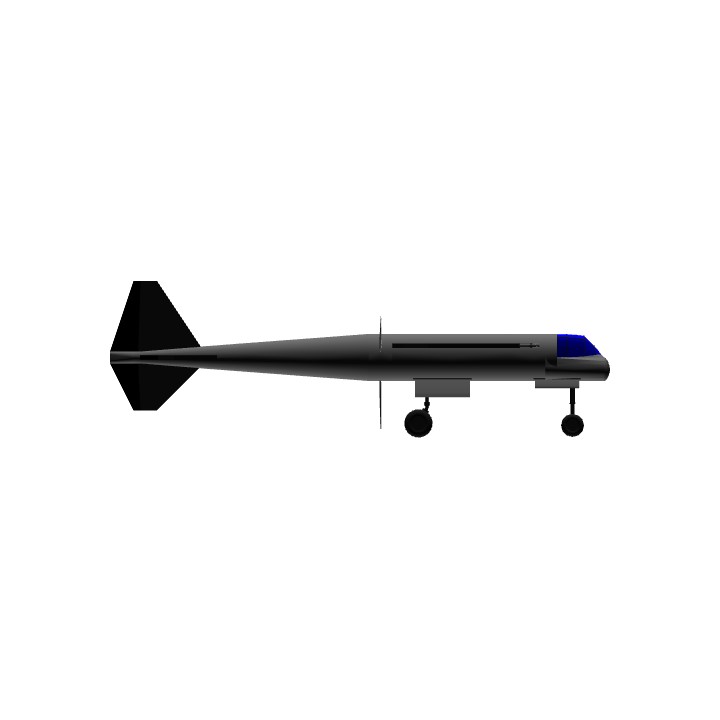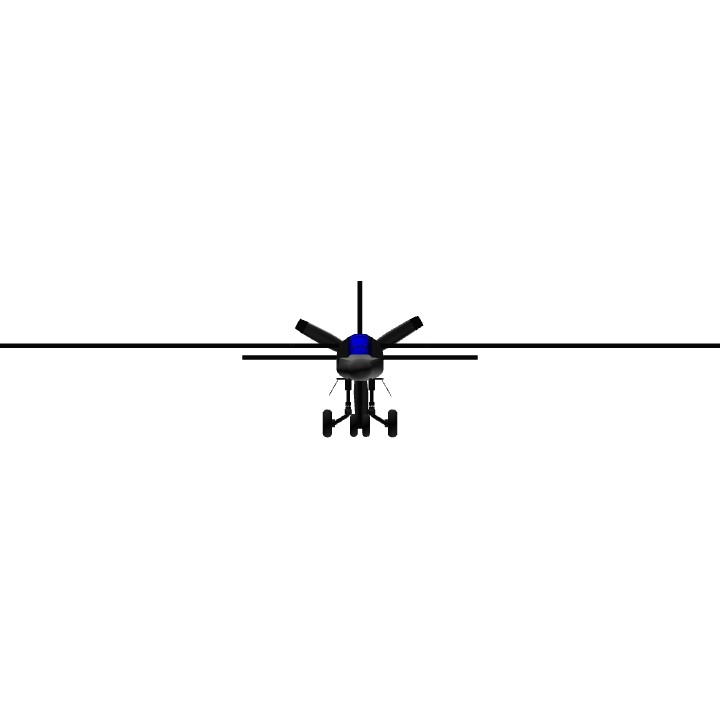The I-370 was a fighter project proposed in early 1941. Possibly for the first time in history, Belyayev designed the entire front of the I-370 to be separated in an emergency so that the pilot would not have to bail out ahead of the propeller. It was to be driven by a Klimov M-105 engine rated at 1,100 hp and fitted with a TK-2 turbocharger. Just like fighters of 1917 by Gallaudet in the USA and Dufaux in France, the propeller was to have a large-diameter hub through which passed a tube carrying the rear fuselage. Some of the I-370 drawings a reproduced overleaf. One shows the proposed cockpit, armament of two underfloor 23mm VYa-23 cannon (I had to put them in the wings because of a lack of space) and location of the cartrige-severed attachments. Another drawing shows tye unique arrangement in which the wing was to be provided with a slat. This auxiliary surface was normally housed in a recess immediatly ahead of the aileron. For take-off and landing, it was to be swung down and forward to adopt a leading-edge-down attitude ahead of the leading-edge of the wing.( Im sorry that I couldn't fit this on the plane) Thus it was a bold precursor of today's Krueger flap which is being used on today's modern airliners. According to one document, it was intended that a production version should have had the Klimov M-106 engine. This would have been rated at 1,350 hp instead of 1,000 hp. Whether the unconventional configuration, and especially the potentially dangerous slat system, would have shown any advantage will never be known.
Specifications
General Characteristics
- Created On iOS
- Wingspan 50.2ft (15.3m)
- Length 34.9ft (10.6m)
- Height 10.8ft (3.3m)
- Empty Weight 4,182lbs (1,896kg)
- Loaded Weight 7,062lbs (3,203kg)
Performance
- Horse Power/Weight Ratio 0.141
- Wing Loading 19.5lbs/ft2 (95.3kg/m2)
- Wing Area 361.9ft2 (33.6m2)
- Drag Points 1541
Parts
- Number of Parts 23
- Control Surfaces 6
- Performance Cost 217






